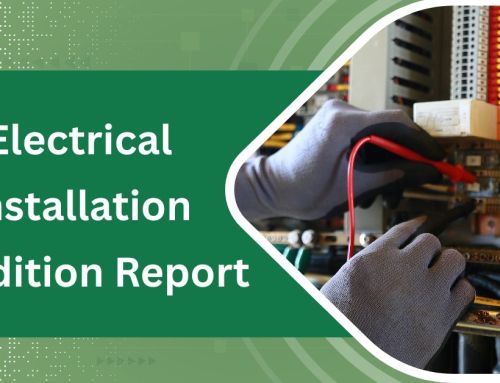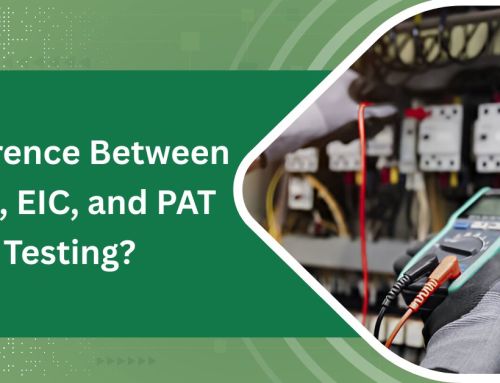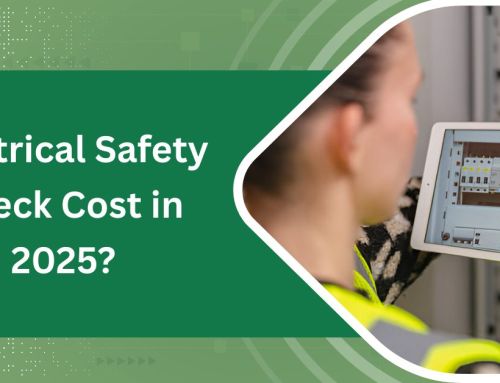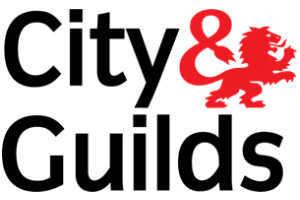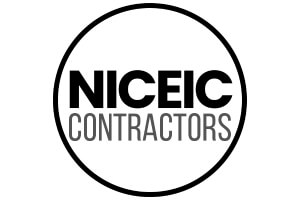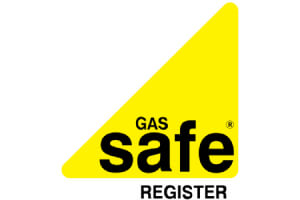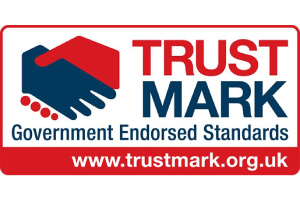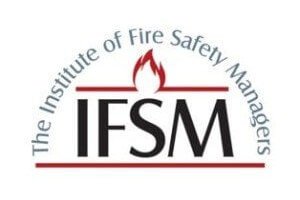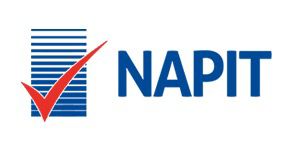
What Is An EICR
EICR refers to “Electrical Installation Condition Report”. It was before referred to as “Fixed Wire Testing’.
An EICR happens the time when electrical installations are checked by a trained person to ensure that they are safe and do not trigger fire hazards as well as electric shocks.
EICR (What is an EICR)
An EICR is an Electrical Installation Condition Report. This is an official report that is prepared upon an examination of the electrical installations in a building. It should be completed by a qualified electrician or a certified contractor. This usually means they have completed a training course on the testing and inspection of periodic equipment and is accredited by JIB as well as a scheme operator like the NICEIC as well as having a solid knowledge of and experience with electrical installations.
Electrical installations have to meet the required standards to guarantee security. The faults of an electrical fuse, sockets or switches could result in electrical shock or even fire which can cause injury or damage to the people who live there.
Landlords must make sure that the security of each tenant during their tenure in the building. This means that they must ensure that electrical appliances as well as wires and fuse boxes are installed safely and functioning in a safe manner.
Regular visual inspections to spot possible electrical problems are essential. However, certain wires and cables are not visible and could be missed by an electrician who isn’t competent.
A qualified electrician should inspect your property and provide an Electrical Installation Condition Report (EICR) to show that your home is in compliance with the highest safety standards.
An EICR is also recommended for all homes that are used for domestic use every 5 years to examine the state of the electrical system and make sure there is no degradation, but there could be reasons for why an EICR is required to be carried out more frequently. Common reasons include:
- The age of installation (the longer the duration of the project,, the more frequently an EICR must be performed)
- The type of property. For instance in the case of a property with an outdoor swimming pool, the recommended time frame between the EICR of one year is one year however , only the areas of the structure that are related to the pool would have to be evaluated.
- Environmental Conditions
- Use of the installation for illegal purposes like vandalism
- The use of the domestic property. It could be a change in occupancy of rental properties, or a property getting ready to sell or being bought. It is strongly recommended that an EICR be completed with every change of occupancy for rental properties in order to ensure that the property is electrically safe. Also, asking for an EICR on a house that is being bought is the best method to determine if any repairs are required out to your electrical systems.
- The homeowner may have concerns concerning the state of their electrical system.
When Do You Need an EICR (What is an EICR) ?
As time passes and the equipment wears out electrical installations can get worse and eventually be a danger to the building’s inhabitants.
In accordance with the Institution of Engineering and Technology (IET) Wiring Regulation BS 7671, the UK standard for electrical installations, the following are suggested:
- Landlords are required to pass an EICH test must be conducted every five years, if the landlord has a change in the tenancy or when the property is bought to let.
- Homeowners should undergo an EICR test must be conducted every 10 years unless the house is equipped with a pool, then tests must be conducted each year.
- Business owner Business Owner – A test for EICR should be taken every five times over the course of 5 years.
In 2020 local authorities were given the authority to fine landlords who don’t meet the electrical security standards.
The law, Electrical Safety Standards in the Private Sector (England) Regulations 2020, was introduced across the nation to facilitate the enforcement of these guidelines and give councils the authority to demand reports after inspections of homes.
In addition they provide authorities with information about the condition of the electrical system and provide them with enough information to know if landlords are observing.
On April 11, this year, one of these landlord was found to be in violation of the rules, and was the first person to be penalized in the brand new Regulation.
In this particular instance, the landlord was unable in obtaining the EICR certificate within the specified period of time, which caused Coventry City Council to issue an amount of £1,600 as a penalty.
As per the Regulations that require according to the Regulations, an Electrical Installation Condition Report (EICR) is required to be provided by the Council within 7 days. If this is the case the EICR must have been prepared by a licensed electrician before April 1st to prove an electrical system was secure.
The 1st of July, 2020 was the date that new regulations that established the new standards for electrical safety as well as legal requirements for the supply of compliance documents in the private rental sector entered into force. That means that all property owners who reside in England and Wales must assign a qualified individual to conduct an EICR inspection of their rental properties each 5 years. They must also provide an authentic EICR certificate to renters who are new prior to the time they move into a house. Also, by the 1 April 2021, each tenant must have received the original EICR regardless the fact that their lease started before the regulations came into force.
What does the EICR report reveal (What is an EICR) ?
The report on the condition of electrical installations will reveal a variety of issues. In the end, however, it will reveal if the electrics inside the property that are being examined are safe for use.
If the report does not indicate that further work or remedial examinations are required the landlord has accepted the report. So, they don’t be required to do any work.
Four classification codes signal the need for additional remedial work. According to the government as follows:
- Code 1 (C1): Danger present. The risk of injury. The electrician can ensure that any C1 dangers safe prior to leaving the premises.
- 2. (C2) Risky.
- More Investigation (FI) Further investigation is required immediately.
- Coding 3 (C3) Code 3 (C3): Improvements are suggested. Further remedial work isn’t needed for the report be considered satisfactory.
Modern electrical safety report software incorporates these codes by default and make it simpler than ever before for landlords comprehend the results from the Electrical Installation Condition Report.
If codes 1 (C1) or 2 (C2) appear on the report, and identified as a threat, it is necessary to do remedial work as is the case to Further Investigation (FI). These codes indicate that the system is not safe to continue using and it is necessary to address these issues before a safety certificate is able to be issued.
We can assist landlords in the hiring of a certified person to conduct an EICR assessment and inspection their property. We can also discuss the details regarding these regulations further should you have any concerns.
Our Pricing
| Our Electrical Safety Certificate Prices |
|---|
| Studio Apartment £67.99 |
| 1 – 3 Bedroom £81.99 |
| 4 Bedroom £89.99 |
| 5 Bedroom £98.99 |
Check Out Our Other Services
| EICR | Commercial EICR | Emergency Light Certificate |
|---|---|---|
| Electrical Diagnostic | PAT Testing | Fuse Box Installation |
About the Author: LandlordCertificate
Related Posts
Get Social
Recent Posts
- Understanding Fire Extinguisher Testing: What It Involves
- Gas Safety Certificate Requirements: What Every UK Property Owner Must Know
- What Is the Fire Risk Assessment Cost
- Gas Safety Certificate in London: What It Is and Why You Must Have One
- Why Getting an Asbestos Survey Matters for Property Safety


